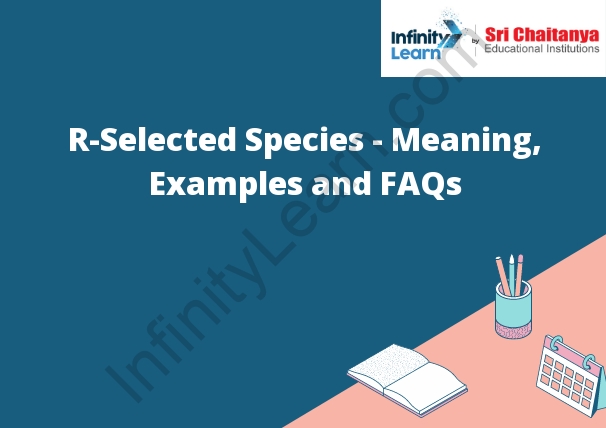Table of Contents
Introduction to R-Selected Species
R-selected species are those that have a high reproductive rate and a short life span. They are often found in unstable or unpredictable environments, such as deserts or the Arctic, where resources are limited and there is a lot of competition for food and shelter. R-Selected Species Meaning Examples and FAQs.
R-selected species tend to be smaller than their K-selected counterparts, and they reproduce more quickly. They also have a shorter life span, which means that they must constantly reproduce in order to keep their population size stable.
R-selected species are very adaptable and are able to quickly take advantage of new opportunities. They are also very aggressive, and often compete aggressively for food and shelter.
R-selected species are not as successful in stable environments, where resources are plentiful and there is less competition for food and shelter.

What are R-Selected Species?
R-selected species are typically short-lived and have high reproductive rates. They live in unstable environments where resources are limited and tend to be opportunistic. These species often have a large population size and a short generation time.
Examples of R-Selected Species
R-selected species are those that reproduce early and have many offspring. They are usually small in size and live in unstable environments. Some examples of R-selected species are rodents, insects, and some types of fish.
A Brief Explanation of R-Selected Species
R-selected species are those that reproduce early and have many offspring. They typically live in unstable or unpredictable environments where resources are limited. As a result, these species must be able to reproduce quickly and adapt to changes in their environment.
R-selected species are typically smaller than K-selected species and have shorter life spans. They are also more aggressive and territorial, and are better able to compete for resources.
R Selected Species Examples
R-selected species are those that reproduce at a high rate and have a short life span. They are also known as “opportunistic species.” They are able to exploit available resources and reproduce quickly in order to take advantage of opportunities as they arise.
Some examples of r-selected species include bacteria, algae, and rodents.
Other R Selected Species Examples Include the Following
- Other r selected species examples include the following:
- Insects: Monarch butterflies, dragonflies
- mphibians: Red-eyed tree frogs, axolotls
- Fish: Guppies, swordtails
- Birds: Hummingbirds, bluebirds
Each of these species exhibits characteristics of r-selected species. They are highly adaptable, able to thrive in a wide variety of habitats. They also have short life spans and high reproductive rates, allowing them to quickly replenish their populations. These species are also highly mobile, able to travel long distances in search of new habitats or food sources.









